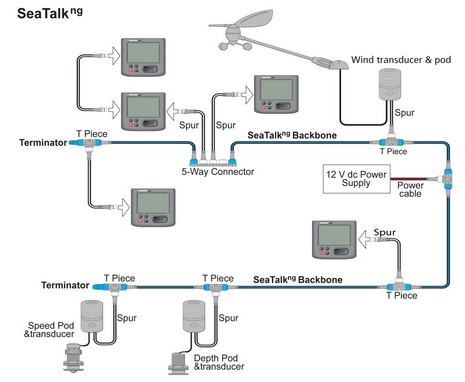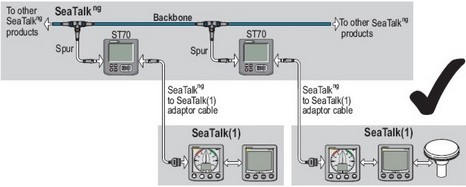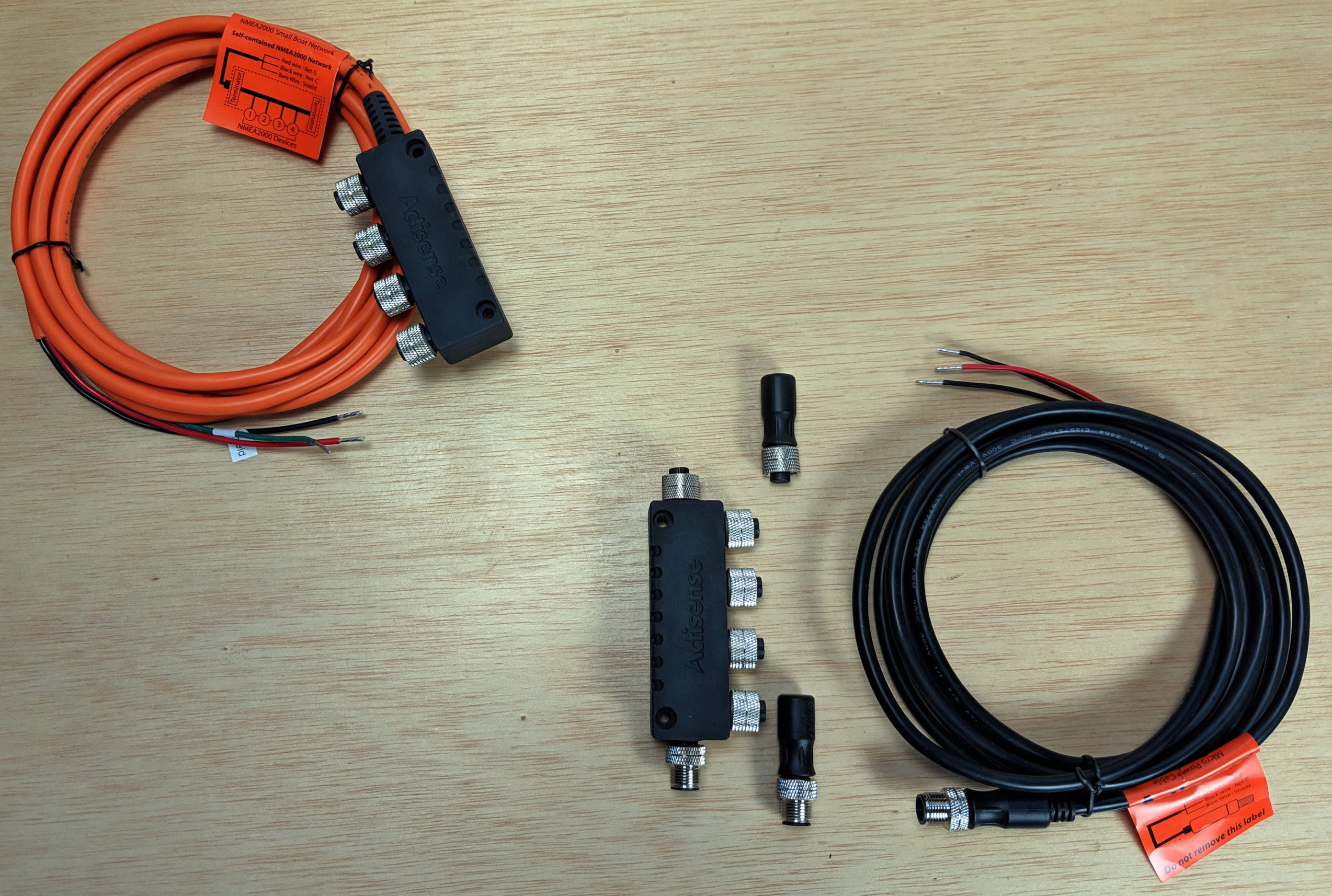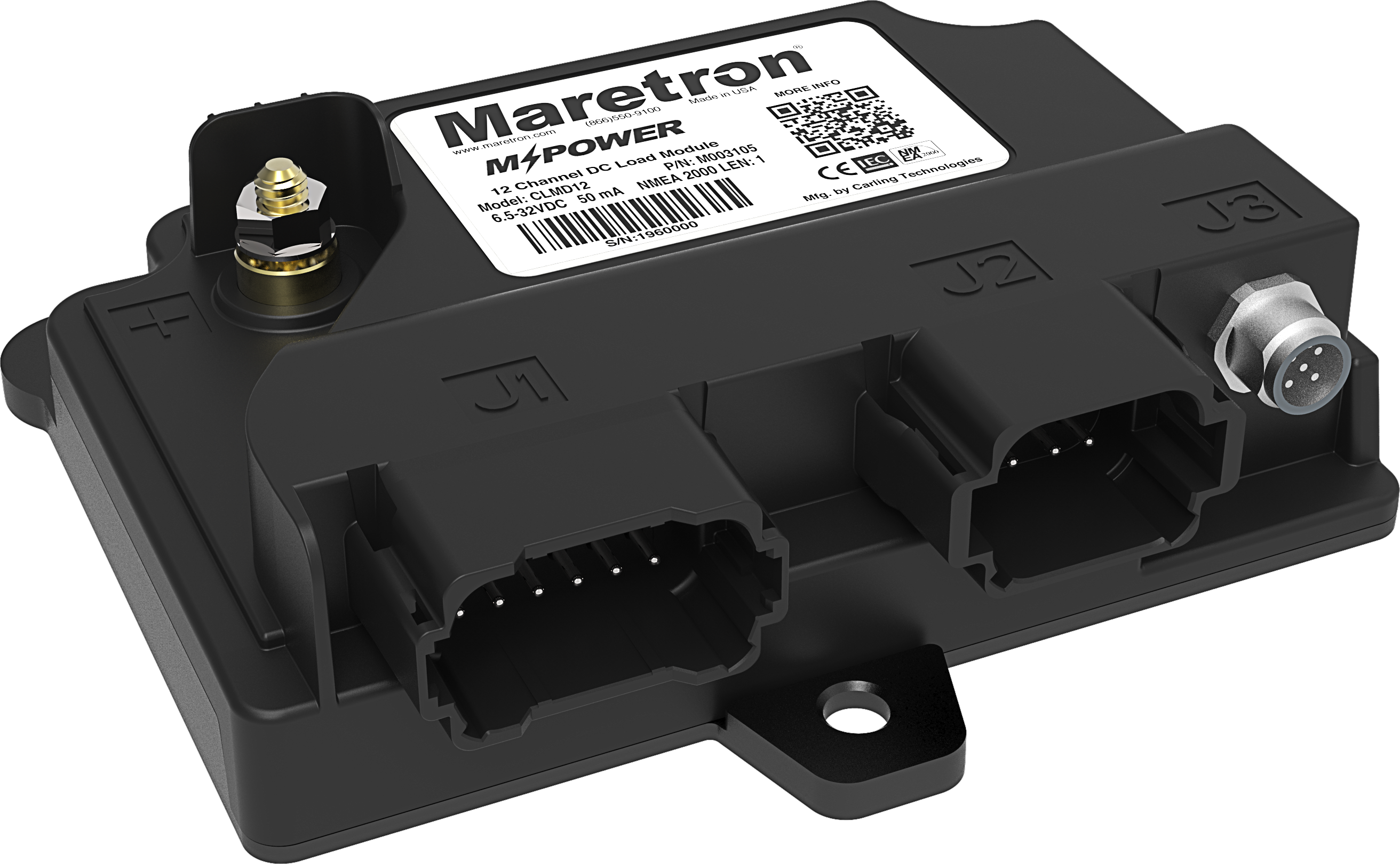SeaTalkNG, an N2K parallel universe?

I’m not sure what Raymarine’s rational is for creating its own proprietary NMEA 2000 cabling system, though I’ve been studying the brochures and manuals available (on Ray’s nicely updated site). Aside from the small diameter (11mm) of the connectors, the features touted in the ST70 brochure—“rugged and waterproof”, “quick and easy” install, etc.—are similar to the DeviceNet cabling NMEA tried to impose as a standard physical layer.
Judging from the NG backbone kit price of $280 versus Maretron’s pricing, the cost doesn’t seem much different either (though installers and boatbuilders may pay much less?). I also notice, from the NG parts list at the back of that ST70 brochure, that there don’t seem to be field attachable connectors, and the spur cables and backbone extenders are different (made-up DeviceNet cables are interchangeable).
But maybe it doesn’t make much difference. Ray does list adapter cables both for patching SeaTalkNG devices into a DeviceNet backbone or a DeviceNet device into an NG backbone. And more options might be possible, though probably not “recommended”. I once patched the lab’s standard N2K backbone into a LowranceNet backbone—properly terminated, of course, and with only one power supply—and it seemed to work fine. Ray also has a patch cable to connect NG to its…ahem…other proprietary N2K connector, the SeaTalk2 plug on C– and E-Series MFDs and ST 290 instruments. In other words, I think you can picture that network above with Maretron, Simrad, Garmin (eventually), and other manufacturer’s displays and/or sensors included, or even with a DeviceNet backbone, if desired.
Now a particularly cool aspect of SeaTalkNG is that an ST70 display head can bridge existing SeaTalk(1) data into an NG network, as shown below. That’s the original SeaTalk, a variant of NMEA 0183, and it’s already installed on many boats. However, I came across this little gotcha in the NG manual: “If SeaTalkNG and SeaTalk(1) products are used together, do NOT connect an NMEA2000 backbone, as this product combination could compromise the integrity of the NMEA2000 system.” But that verbiage could be more about unknown liabilities than actual problems. We still have a lot to learn.














From all these caveats, proprietary branding and cautions, I can only conclude that Raymarine is not confident that the areas where it actually adds value are sufficiently compelling to attract customers. So it’s using cabling to try to lock customers into an all, or at least mostly, Raymarine system. This is only viable so long as customers will buy a “might” connect system.
The computer industry dropped this nonsense twenty years ago. Can you imagine a computer vendor describing it’s networking capabilties as “almost” Ethernet compatible? Can you imagine needing an adapter cable to connect your computer to a true Ethernet network?
Raymarine has got this so backwards. If they want to sell more E-series systems and ST-90 displays, then make a system that is so utterly compatible, that of course I want to have it as the center piece of my system, because I know I can always add bits and pieces from someone else and utilize them on my Raymarine system.
Add real value by creating a systems that intelligently and seamlessly integrates 183, N2K, NavNet, FastNet, etc. and makes it easy for a customer to upgrade. If you make the system easier to integrate and upgrade then we’d be more likely to upgrade and we’d be spending more of our limited budgets on the equipment instead of having to divide it between the equpment and the installer.
And this extends to other areas as well. Every time Icom introduces a new feature for it’s remote microphones, it requires new cabling. Pulling that cabling is far more expensive and painful than buying the radio. If the cabling were compatible, I would replace my M-502 with an M-504. But there is no way I’m spending a day (or paying an installer $100 / hr) removing the old cable and fishing a new cable as it snakes 25′ from my nav station to my cockpit. That M-502 will be there for a long time! Icom lost sales due to their cabling.
Wake up manufacturers! Proprietary networking is not added value. Fast, accurate plotters, high resolution radar, clear radio transmissions, user interfaces that don’t require a training course or manual, these are added value. Seamless networking and interconnectivity sells more equipment for eveyone!
It is jokingly called the “connector conspiracy” in the electronics industry. It is pretty tempting to make your own proprietary cables because the profit margins are higher on this little stuff than on the plotters themselves. It is especially tempting to make your own connectors for a system that requires terminators, joins, drop cables, tees, and whole bunches of other fun little toys that add up to the final bill, but that the customer doesn’t see reflected in the window price of the unit.
Re: the Icom cableing issue
I will say a huge AMEN to not upgrading a radio due to having to run new cable. I have an Icom 710RT (which you need a Phd to operate) that I would think about swapping for their new SSB but for having to run new cable. The new radio is said to be more user (and ham) friendly.